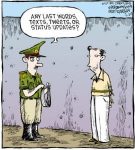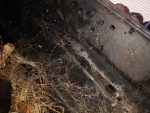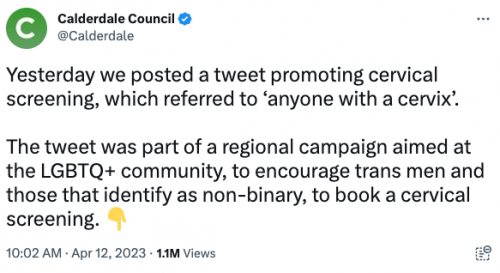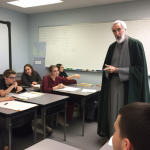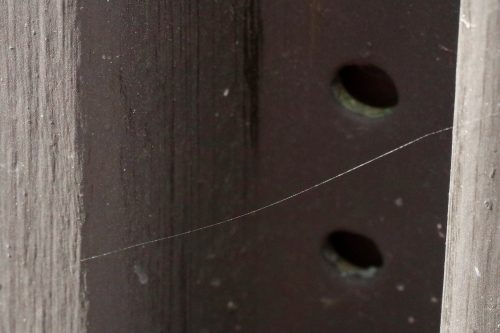Oh, great. Ken Ham offered a basic course in genetics, which I found irresistible, since I’ve only been teaching genetics for something over 20 years. Maybe? I’ll learn something new. Unfortunately, all I learned is that Ken Ham has an irrational contempt for poodles.



